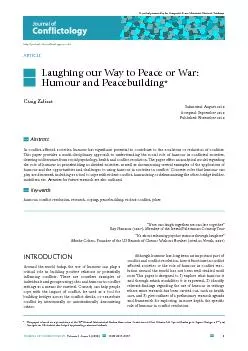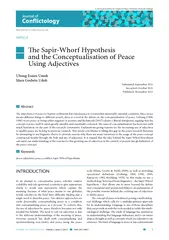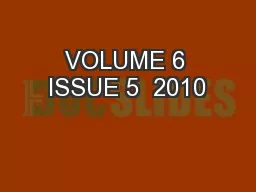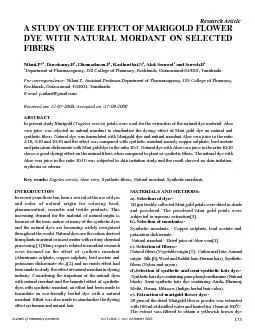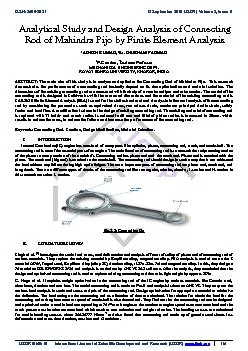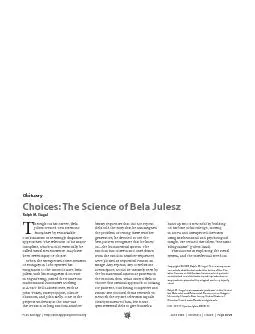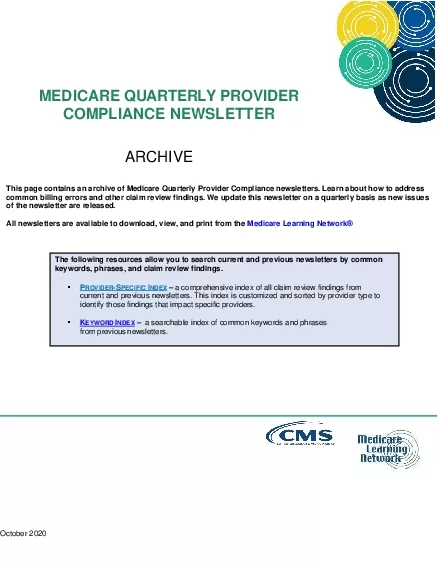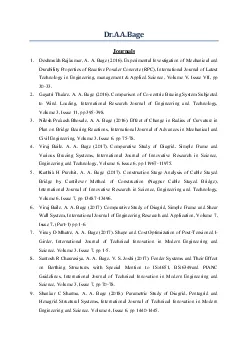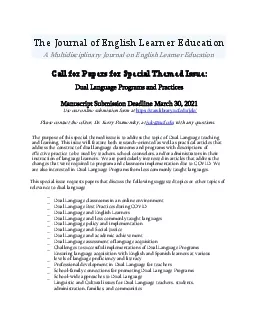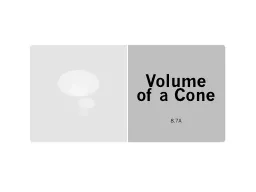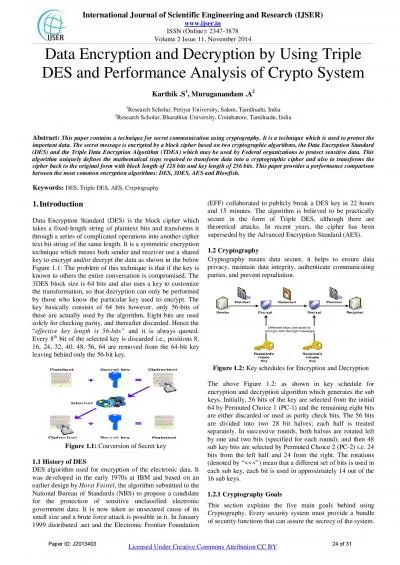PDF-JOURNAL OF CONFLICTOLOGY, Volume 1, Issue 2 (2010)
Author : debby-jeon | Published Date : 2015-08-09
ISSN 20138857 1 httpjournalofconflictologyuoceduEjournal promoted by the Campus for Peace Universitat Oberta de Catalunya Around the world today the use of humour
Presentation Embed Code
Download Presentation
Download Presentation The PPT/PDF document "JOURNAL OF CONFLICTOLOGY, Volume 1, Issu..." is the property of its rightful owner. Permission is granted to download and print the materials on this website for personal, non-commercial use only, and to display it on your personal computer provided you do not modify the materials and that you retain all copyright notices contained in the materials. By downloading content from our website, you accept the terms of this agreement.
JOURNAL OF CONFLICTOLOGY, Volume 1, Issue 2 (2010): Transcript
Download Rules Of Document
"JOURNAL OF CONFLICTOLOGY, Volume 1, Issue 2 (2010)"The content belongs to its owner. You may download and print it for personal use, without modification, and keep all copyright notices. By downloading, you agree to these terms.
Related Documents

